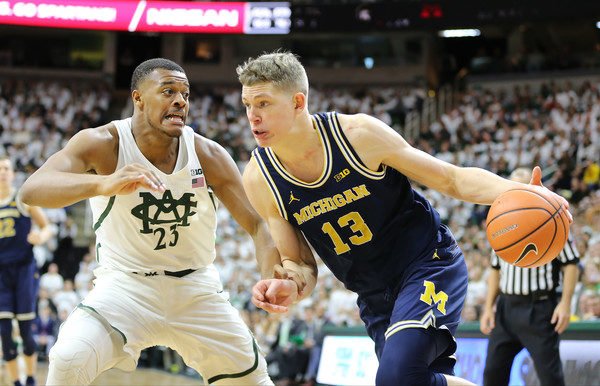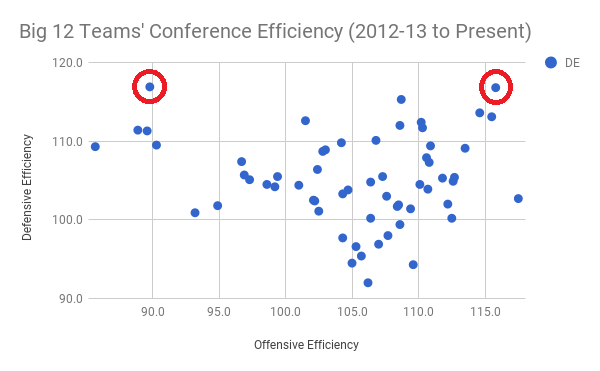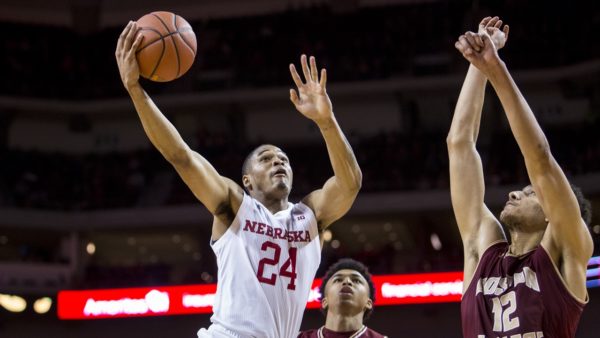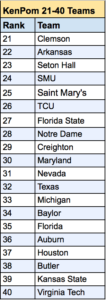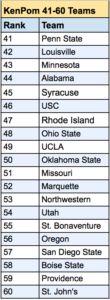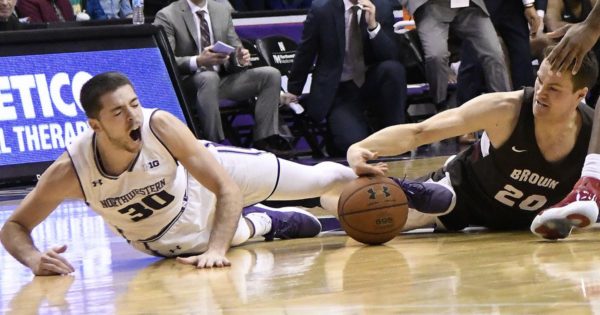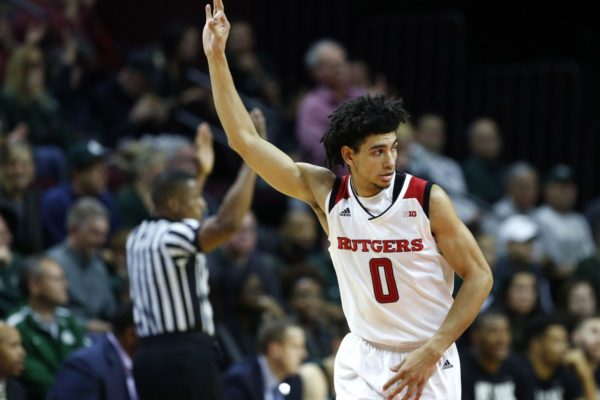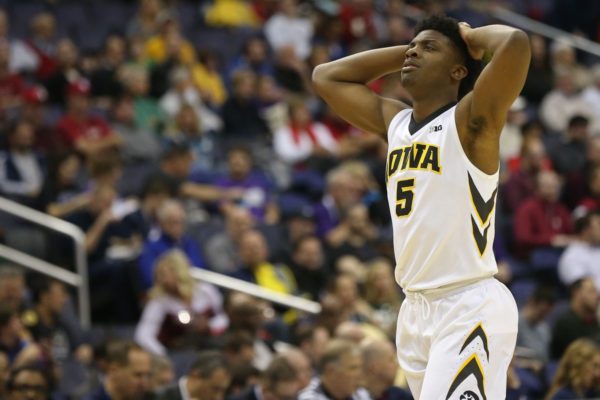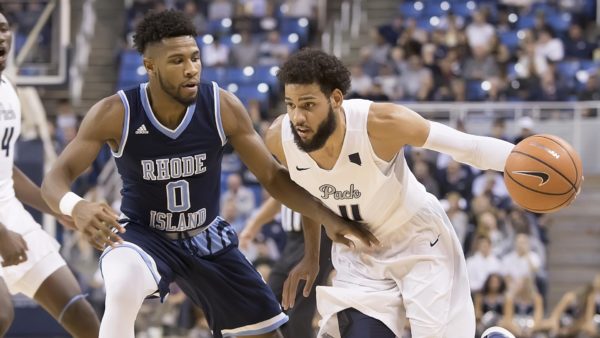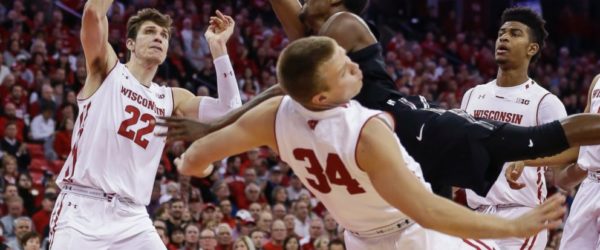The Big Ten’s Biggest Early Surprises
Posted by Tommy Lemoine on January 19th, 2018Now that we’re roughly one-third of the way through the Big Ten slate, let’s take a look at the biggest surprises and storylines taking shape in the Midwest.
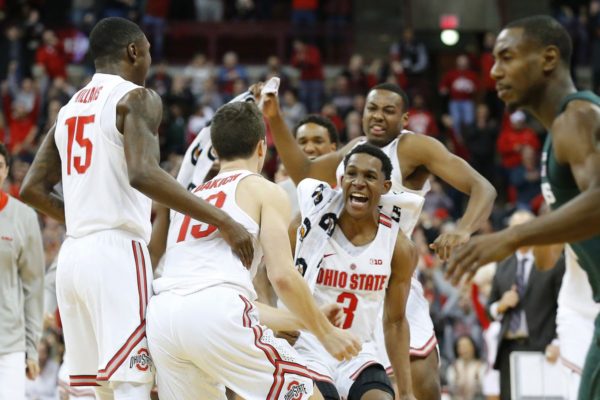
Who had Ohio State pegged as a Big Ten title contender? (Joe Maiorana-USA TODAY Sports)
- Chris Holtmann, Keita Bates-Diop, and the Buckeyes. Forget the Big Ten for a moment — Ohio State might be the biggest surprise in the entire country. The Buckeyes began the season ranked 74th overall by KenPom and picked to finish 11th — yes, 11th — in the conference. And after getting blasted by Gonzaga in the PK80 on Thanksgiving Day, those projections appeared to make sense. That is, until Big Ten play rolled around. Since losing to Clemson on November 29, Ohio State has gone 11-1 overall and 5-0 in league play, including a 25-point road drubbing of Wisconsin and dominant win against top-ranked Michigan State. Its KenPom ranking has skyrocketed as a result to 12th overall nationally. Junior forward Keita Bates-Diop (19.8 PPG, 8.8 RPG) has emerged as the frontrunner for Big Ten Player of the Year — highlighted by a 32-point effort against the Spartans — while his coach, Chris Holtmann, may be on track for conference (if not national) honors in his own right. Perhaps Ohio State athletic director Gene Smith put it best: “None of us, including me, expected to be here.”
- Purdue is the clear Big Ten favorite. Who would have expected to be saying that in mid-January? It’s not that Purdue wasn’t expected to be good — the Boilers were picked to finish second, after all — it’s just that Michigan State was supposed to be that much better. Roughly one-third of the way through Big Ten play, however, that’s clearly not the case. Whereas Michigan State has lost two of its last three games, both by double-figures, Matt Painter’s club has been on an absolute tear. Since November 24, Purdue is 14-0 (7-0 in Big Ten play) with eight wins by 25 or more points — including wins against Arizona, Minnesota and Wisconsin. The Boilermakers rank among the top six nationally in both offensive and defensive efficiency while boasting the third-highest three-point shooting mark (42.6%) in America. 7’2″ center Isaac Haas has been more efficient than ever (122.7 ORtg); sophomore guard Carsen Edwards (17 PPG) has been the breakout player some thought he could be; put simply, Purdue has looked infallible. With home games against Ohio State and Michigan left, Painter’s group is in great position to win the conference outright — even if it were to stumble in East Lansing on February 10.





























